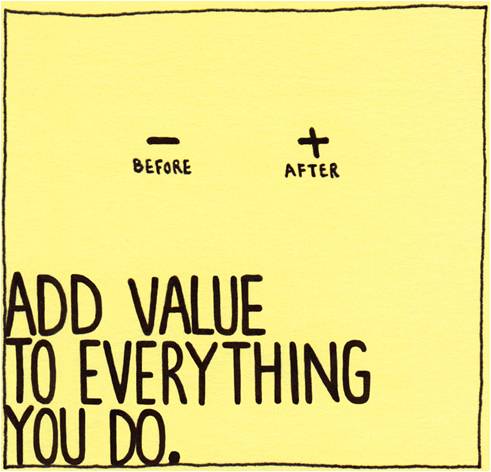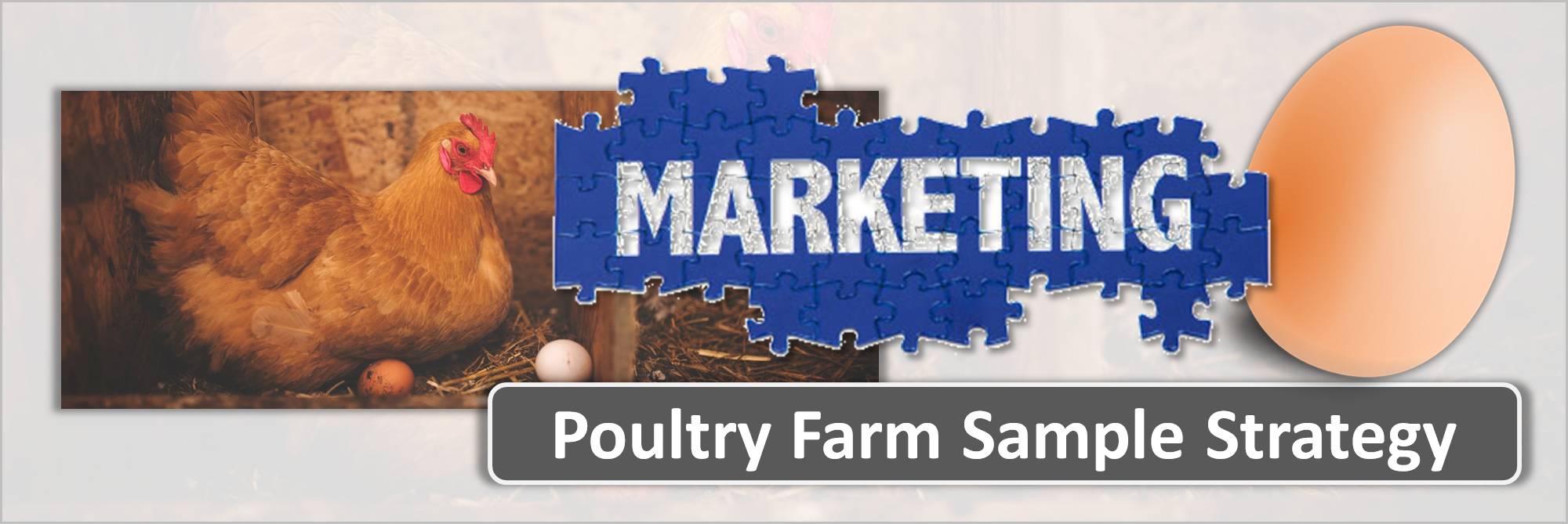What does a farm business have to do in these current times to survive the economic threats?
Get collaborative with your direct farm marketing.
Farms and rural-based businesses are facing the cold alone.
Exposed, isolated, retreating, fearing and falling down alone many are succumbing to the fiscal frost.
How far a little warmth goes to encourage the heart!
Playing to strengths…
…and having strength in integrity and togetherness.
This is how such adverse conditions are overcome.
But how do you beat the commercial winter?
“How can you make your direct farm marketing really work for you?”
Well…let’s begin by asking the right question…
“How can I make my business both neighbourly & useful to others?”
Selling produce profitably is the fruit of your business.
But no farmer worth his weight begins thinking about selling fruits before preparing the soil and sowing seeds.
Even still, let’s not forget…nurture, pruning, watering etc. until the point of harvest.
Think of your marketplace as your field or flock.
It offers the potential of yielding increase, should you give it the care it deserves.
Care for the field or flock and your produce will be excellent.
Be ‘husbandry focused’ and you’ll get the results.
Be profit focused and you’ll come up short.
“But how can I become successful at direct farm marketing, using this collaborative strategy?”
Simply do for those participants of your marketplace, what you would have them do for you.
You won’t fail.
Let us begin…
Your ideal recipe for direct farm marketing success…

Why so many different ingredients?
Because we’re looking to get things just right – they each bring a unique benefit.
The end result is a favourable finish for all involved.
Start with a firm foundation of direct farm marketing…
One phrase: farm gate sales are simply not enough.

That’s only inbound – and rural inbound at that.
Non-eventful.
Make your inbound more accessible with an online marketing presence.
Add a healthy dose of outbound to that, along with remote marketing methods such as: email, SMS and phone.
Suddenly your direct farm marketing got very serious.
Drop in a little choice channel marketing…

Invest in proprietary methods and you tie up plenty of resource, but will have ownership benefits.
Use partners and leverage their reach whilst remaining more nimble financially, without the capital expenses.
Be sure to embed the relationship, however, and add contingency to avoid critical fallout.
Make it easy for buyers to reach your produce and you’ll optimise both sales and retention of custom.
Take just a little collaborative marketing…
Collaborative marketing is simply where businesses work together to achieve common marketing goals.

You don’t have to target the same customers.
You just need to be willing to share the same strategic vision and appreciate the same qualities.
Where you both have a like minded approach and are willing to add value, you’ll not be lacking in ways to work together.
Pour in a cup of excellence marketing…
You could also call this value added.

Going above and beyond what is currently available to customers and delivering…excellence.
To be an excellence marketing practitioner you must be a researcher at heart.
Also, non-prejudicial.
You should want to know what benefits are available to participants in the marketplace…
…& how those benefits suffice the actual needs of intended recipients.
Don’t know?
Ask some.
Get conversational with your fellow market participants and gain some understanding.
Mix it with some partnership marketing…
Partnership marketing involves establishing joint campaign objectives with other businesses.

Embarking on a joint program of marketing work and setting mutually beneficial goals.
It’s more integrated than collaboration.
Yet not anywhere near a re-structure like merger or acquisition.
Simply a formal investment program in marketing between two companies.
Add a dash of vertical marketing…

Why is that even important?
Essentially, your vertical is the industry or trade you operate in.
Sell eggs?
Poultry.
Sell milk?
Dairy.
It’s that simple.
In business there is a temptation to only concerned with those you come into direct contact with.
But what about all of other participants in that contribute to the industry?
Are they not worth knowing about?
Only if you want to narrow down your marketing opportunities.
Get encyclopedic and you’ll start to see where best you can add value.
Stir in a few parts value chain marketing…
A value chain is the cumulative processes and procedures by which an industry adds value to the needs of a market.

The more value added, the greater the cumulative benefits for all participants.
Your industry supports you making your living.
Just like your environment supports your farm to make produce.
Support your industry participants indiscriminately and your multiply the benefits of all involved.
Not just your immediate customers.
Make yourself useful…
And recruit new users, whilst also retaining existing users of your business.
Blend with plenty content marketing.

They have problems which need solving…
And that is where you come in.
You expertise, plus your way of telling it, captured as a recorded message as either…
…text…image…video…audio…
& various formats is content marketing gold dust.
And that’s that.
Put it altogether and what do you get?
HARVEST!
17 Key Success Factors For A Bountiful Harvest

We have named this particular blend of combination marketing – ‘The Harvest Marketing Method’.
Simply because it is poised for optimal commercial yield, yet as prerequisite, it requires faithfulness and patience.
The following are the key principles for achieving success with this Harvest Marketing Method.
1. Define your entire market without prejudice
Know(-ledge) everything about your market.
Who, what, where, how, when, which etc.
Understand its history, trends, diversification, technologies, temperament, patterns and become conversant with fluency.
Don’t focus only on knowing about what makes you money.
Liberate your commercial ingenuity.
Think broadly about what makes your marketplace work and what you can do to benefit others.
Resource: “How do you write content for an industry you know nothing about?”
2. Identify ALL your market’s participants
Research who contributes what to making your industry tick.
Don’t go with what you already know…start with a blank page and dig deep.
You can’t possibly know everything, or everyone.
You’ll be surprised what you find in humble research.
Be thorough. Perform a deep dive.
Investigate every niche, every segment leave nothing unturned.
Resource: “Profiling, segmentation and targeting in B2B markets.”
3. Take responsibility for its participants
Each participant (business or consumer) to your market makes a difference.
However, if every one looks out for themselves – this starves genuine value.
Value is worth. Something precious and to be appreciated.
With each participant group identified from the previous step…
…think for each what you could do to:
a) add value to them directly, &…
b) help them add value to others.
Resource: “Why Supporting Your Competitors Is Good For Business…”
4. Make your business service focused
Service is about giving to others.
For their sake, not yours.
Make it your business to be an instrument of service and you’ll very quickly gain advocates.
Again, practice serving participants of all kinds, not just direct customers.
This way you amplify and fortify your direct farm marketing efforts.
Resource: “Why Helping Others Is Good Business…”
5. Find virtue in the excellence of communication
Making things common strengthens understanding.
Expertise comes at a premium in a market.
Get good and used to sharing at whatever the cost.
It will be greatly appreciated…and followed.
Resource: “To Keep Your Customers, Keep It Simple.”
6. Make B2B feed your B2C
Businesses serve.
This costs those businesses and is also hard work to perform well.
Businesses are always looking for ways to do things better and share what they do.
This need should be the anchor for establishing your business’s reputation.
Position yourself to get some b2b appreciation.
Go out of your way to help other businesses (…where it makes sense…) without crafting a design of getting reciprocal reward.
Typically, this leads to increased & repeat sales, plus complimentary PR.
B2b deals with known contacts.
Many of whose details can be found openly in the public domain, or discovered by direct contact.
Consumers are not so approachable or easily identified, unless they get in touch.
Especially with search marketing, via Google Search, the more b2b accreditation you get…
…the more influence and authority you have to reach the consumer market.
Resource: “3 Ways To Cultivate Mutually Beneficial Strategic Partnerships.”
7. Integrate vertically
Who adds more profitability to your business?
Customers?
Or, suppliers?
The answer is they are equally important.
Suppliers give you the means to present profitable solutions to your customers.
Customers invest in your solutions and generate your profits.
Keep good suppliers relations and receive more favourable terms.
More favourable terms = more opportunity for profit.
Offer more favourable products and services to customers & make more profit.
Resource: “Strong Supplier Relationships Leads To Higher Profitability.”
8. Strengthen your peers, don’t compete
Demand for markets cannot be limited.
a) New people could always develop need for what you do.
b) People who already have need for what you do, might develop an increase in need, or frequency of need.
Why should you then think that to grow your business you need to deny others their share?
Competition shrinks markets.
Collaboration generates demand.
Get collaborative.
Resource: “Don’t Compete…Create!”
9. Think value chain
Consider the knock on effects of each contributors offering to the marketplace.
For example, if a producer uses technology to increase yield at lower cost…
…what does this mean for their wholesalers?
= more supply (volume and variability) at lower investment.
What about the retailers, further down stream?
= greater stock availability, retail growth potential, lower cost, larger profits…
As for consumers?
= better choice, quality, pricing and variety.
All from the upstream benefit of producer technology enhancements.
So, what if a producer is slow to innovate?
What stops a retailer with early adoption outlook to technology from sharing with a producer the potential benefits of an innovative solution.
Resource: “From Teamwork To Collaboration.”
10. Join the dots
Get good at discovering and solving commercial problems.
Research, investigate, interview, consider, review, develop, experiment…generate strategic ideas.
Become interested in making a difference with others.
You need not be busybodied about it, but just able and willing to pitch in with value when the opportunity arises.
Help is appreciated.
Resource: “Why Solving Problems Beats Marketing.”
11. Answer questions
Take the time to share what you know to fill in knowledge gaps with participants in your market.
It means being patient, illustrative and genuinely committed to improving the knowledge of others.
What they know today makes for the potential to make better decisions tomorrow.
Or, so the theory goes.
Resource: “The Most Effective Cont Marketing Strategy Ever…They Ask, You Answer.”
12. Carry the weight of making things easy
Making difficult, mysterious and complex concepts easy is real skill.
It requires a thorough understanding of the topic in hand, patience, practice and perseverance to get to the point across.
People often remember those who made it easy for them to understand things.
These moments can be landmarks to growth and grant the key to progress.
Invest in making cumbersome subject matter bitesize with as many as you can.
Resource: “How To Make Complex Ideas Easy To Understand.”
13. Get detailed
So long as things are made easy, people often don’t mind keeping conversation.
Genuine expertise is greatly appreciated.
Speaking with an expert can circumvent the issues of:
- cost
- time
- experience
…which lowers the barrier considerably to otherwise inaccessible benefits.
Give others a leg up, where possible.
Don’t skimp on detail, it may make all the difference.
Resource: “A Powerful Insight Into Why Long Form Content Will Boost Your Conversions.”
14. Go direct
Direct farm marketing costs – time, money, effort and more.
Go direct, however, and retain share.
If you depend on intermediaries, you might get quicker/easier access theoretically with lower upfront cost, but…
…you lose out on ownership of market share, which in the long-term makes your business dependent.
Resource: “Paid Is Like Renting And Organic Is Like Owning Your Lead Generation.”
15. Don’t expect
If you continually think about your own, you’ll lose the benefit of liberality.
Simply run your business in a openhanded manner and your collaborative ingenuity won’t fail.
Resource: “10 Ways Greed Can Ruin Your Business.”
16. Liberally give & enjoy
Just like anything – you get greater results if you share with others and enjoy the process.
It becomes infectious and organically you very quickly surpass the competitive approach.
Resource: “Grow Your Business By Being More Generous.”
17. Transparency
Show how and why you do things, the way you do.
It draws people and lets them in to relating more to you, and also your business.
This makes for more genuine and worthwhile engagements between your business and audiences.
Resource: “Transparency In Business: Why It Matters.”
An example direct farm marketing strategy using our harvest marketing method…

Your business
Let’s say you run a poultry farm…
You sell eggs and chicken meat.
Your vertical
In your marketplace, there are:

- bird breeders,
- coop builders,
- equipment manufacturers & suppliers,
- feed manufacturers,
- packaging distributors,
- labeling and print suppliers,
- chefs,
- caterers,
- restaurants,
- hotels,
- cafes,
- markets,
- shops,
- local residents
Technically you could group the participants above as follows…
- Breeders – breed chicken
- Farmers – produce eggs and chicken meat
- Manufacturers – make useful equipment and supplies for farmers
- Processors – take produce and add value to sell at a premium
- Business Clients – purchase premium, value added products from processors
- Retailers – buy raw products from farmers to sell on
- Consumers – eat the eggs and chicken meat
Investigate and discover the needs of each group – things they treasure!…

Breeders – want to inform farmers of rare breeds available
Farmers – want business customers and consumers to know of the health and quality benefits of their products
Manufacturers – want to share the return on investment advantages of farmers using their products
Processors – want to increase their menu repertoire with more unique ingredients
Business Clients – want variety of options to offer to their guests
Retailers – retailers & farmers markets want to carry popular selling, well recognised, profitable products
Consumers – want to eat healthy, good quality, value for money eggs and chicken meat
Now for an example approach at harvest method marketing…for poultry farmers:
A winning marketing strategy dawns…



- Organise a rare breeds Expo Event and host it at your farm…
- Arrange with breeders to bring and display their rare birds in enclosures which are…
- Sponsored and kitted out with your chosen manufacturer’s equipment and supplies…
- Invite fellow farmers (new & experienced) to share and compare bird handling and keeping notes/techniques…
- Arrange with chefs and caterers to cook and teach budding cooks to prepare optimal meals with the produce…
- Allow chefs and caterers to invite their local business clients to take part in cookery workshops and taste tests at the event…
- Grant retailers retail space to offer their product ranges to attendees for sample and for sale…
- Invite local residents to book attendance with friends and families offering products and food catering…
- Take photos…
- Produce presentations…
- Design technical infographics for products and skills exhibited…
- Interview contributors capturing text, video and audio…
- Build an email list…
- Package media assets in a bumper article on your website, linking out to all involved…
- Email the package to attendees, contributors, local stakeholders and media outlets…
- Make available on social media…
- Measure impact in web visitors, enquiries, sales, backlinks and other leading performance metrics.
Do you think you could recreate this direct farm marketing campaign?
Why not? Have a go.
Our advice – plan thoroughly, do lots of research and don’t be afraid.
Use the advantage of your other players and leverage strengths.
Need some help?
Feel free to get in touch.
Have something to say?
Comment below.
